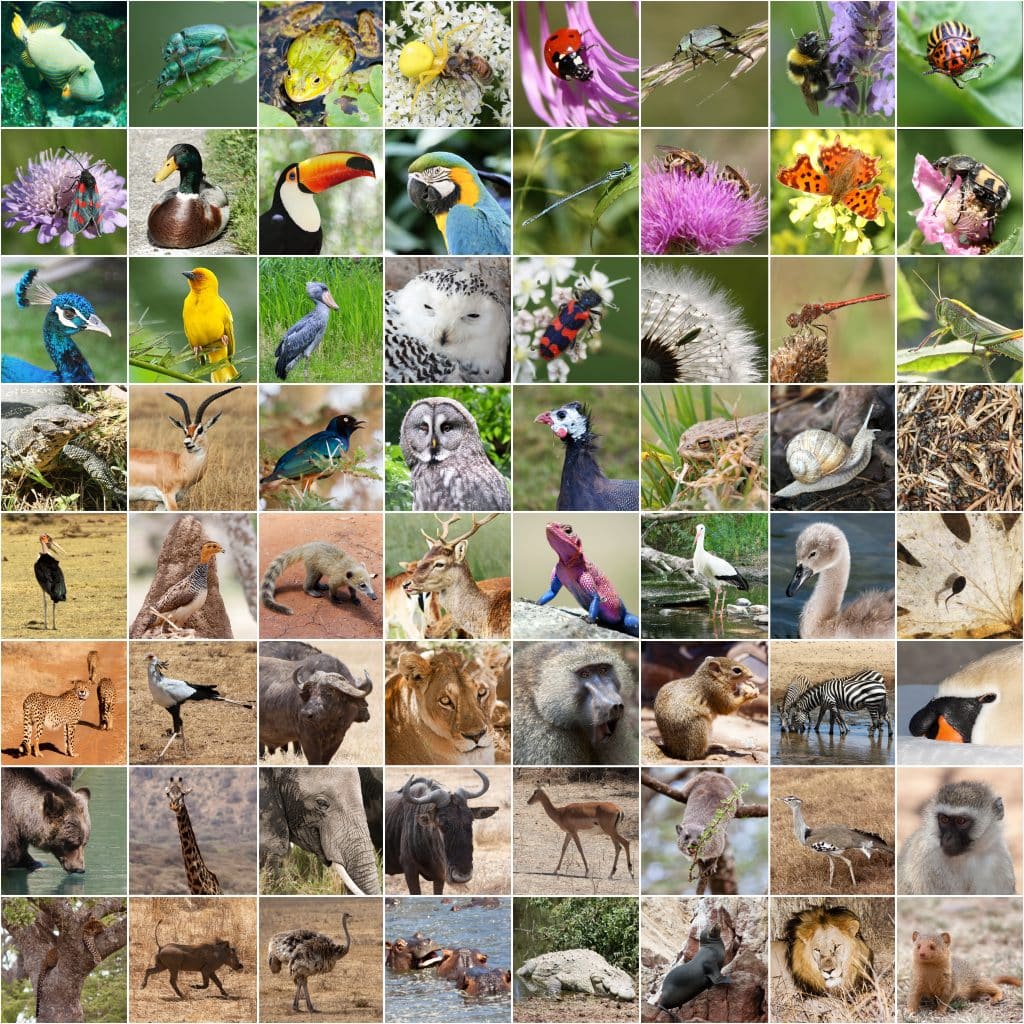Section 4: Biodiversity

Human activity is primarily responsible for contributing to the decline of biodiversity. Biodiversity consists of all of the organisms in the biosphere. It exists on three levels: ecosystem diversity, species diversity, and genetic diversity.
- Ecosystem diversity includes a variety of habitats, communities, and ecological processes in the living world.
- Species diversity includes the number of different species in a biosphere. There are approximately 1.5 million species to account for.
- Genetic diversity includes the total of all different genetic information carried by all living organisms.

Extinction, endangered species, habitat destruction, and invasive species threaten biodiversity. Extinction occurs when a species disappears from all or part of its range. Once it is extinct, it can never return, and human activities are primarily responsible for it. An endangered species is one whose population is declining or losing its genetic diversity. The more genetically diverse a species is, the better its chance for survival. The changing of habitat leads to habitat fragmentation and habit degradation. Land development separates ecosystems into pieces, cutting species off from their habitat and leaving them essentially as islands. Damage caused by air, water, and land pollution and over-development can lead to deforestation and the destruction of habitats.
Invasive species also disrupt ecosystems. An invasive species is introduced to new habitats that lack parasites or predators for population control. Invasive species can also disrupt food chains and prey on native species, leading to extinction. For example, the cane toad was brought to Australia in 1935 in an attempt to control the cane beetle population. The problem was that there were very few natural enemies to it in Australia. Their appetite depleted resources for native animals. Many things were tried, but despite scientists’ best efforts, an answer has not been found to eradicate the toads.
Many of the environmental problems we face today are of our own making. Species, habitats, and ecosystems must be protected, and conservationists have developed many solutions to help reverse the damage and negative impact we’ve had. Where habitats have been severely destroyed, habitat corridors have been established. These strips of land allow organisms to move freely from one wilderness area to another. Reintroduction programs take endangered species, breed them, and raise them in protected habitats. Sustainable development is a long-term goal that lets people use resources without harming the ecosystem.
Review:
- Why is biodiversity important?
- Identify three threats to biodiversity.
- How can we protect biodiversity?
